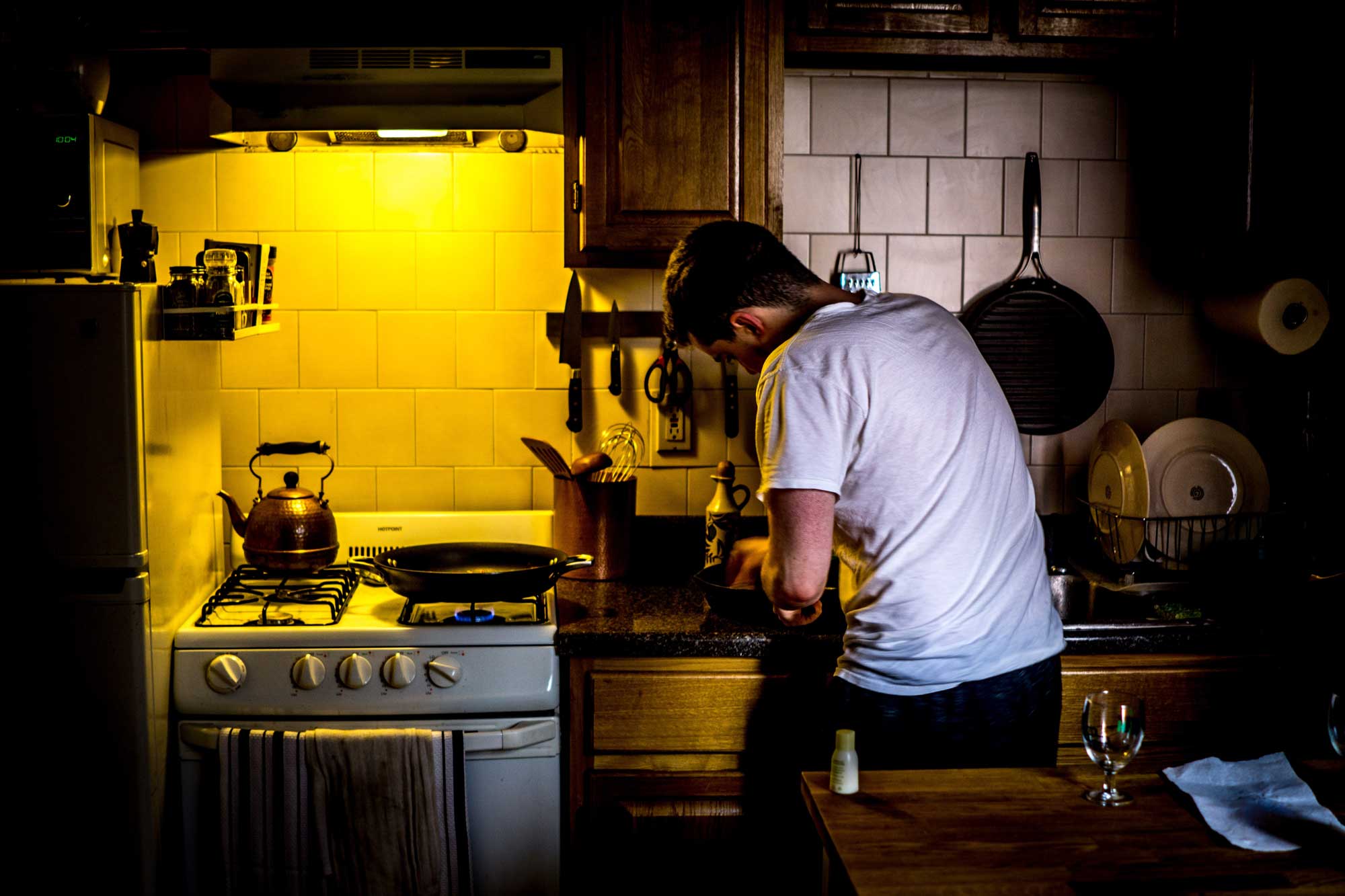How to reduce Formaldehyde and VOCs Levels in your Home

Photo by Taylor Young
VOCs like Formaldehyde can cause Cancer, how can you get rid of them?
You may have heard about the hazards indoor air hides from our eyes (and nose) but what are they and how can we take care of them? Here we explain how to identify and protect yourself and your family from most of these hidden dangers. In particular we will look at one of the most common invisible carcinogens: Formaldehyde. You will also learn how to purify your air from most of the pollutants and allergens found in your home.
What are VOCs and Formaldehyde?
A VOC is the name given to all organic chemicals with high vapor pressure at common room temperatures. They are small aerial particles that float in the air we breathe and are found in nearly every natural environment. Most of them are harmless, but some can be a major hazard to humans (and even to our beloved pets)!
One of the most dangerous VOCs is Formaldehyde, an aldehyde closely related to Formic Acid. This organic compound can be found everywhere and is known by a few different names, such as Methanal, Methyl aldehyde, Methylene glycol, Methylene oxide, Formol and Carbonyl hydride. When the substance is in an aqueous solution, it is referred to as Formalin.
Where do VOCs and Formaldehyde come from?

The name VOC includes a variety of different compounds that can form from almost every living and chemical thing. Plants, animals, humans, and chemical solutions are just a few of the sources of VOCs. Since the classification of these chemicals depends on their geographic region (the definition of an organic chemical as VOC is usually set by its boiling temperature, with significant differences set by countries), we cannot measure their origins clearly. The EPA (United States Environmental Protection Agency) divides VOCs in two major categories:
- Outdoors: VOCs volatilized or released into the air mostly during manufacture or use of everyday products and materials, including car and factory pollution.
- Indoors: VOCs released into the air from the use of products and materials containing VOCs like creams, cleaning products and cooking vapours.
As we wrote before, not all of VOCs are harmful and all of them have a safety value that is harmless if inhaled or ingested.
Furthermore, Formaldehyde has a harmless value as well; we even produce a small quantity of formaldehyde during our daily bodily chemical processes. The real threat comes from inside our houses, where the things we use every day release this substance into the air. Paints, resins, finishes, some plastics, and even some cosmetics or toothpastes can release formaldehyde into the air or can come in direct contact with our skin!
Why is Formaldehyde dangerous?
At 0.05- 0.1 ppm levels, formaldehyde may not be dangerous, but exposure at very high levels can lead to varied symptoms and diseases. Some of the most common effects on our health are breathing difficulties, nosebleeds, eye irritation, fatigue, and persistent headaches. Long term exposure to formaldehyde can lead to nasal sinus cancer, nasopharyngeal cancer and respiratory illness; even leukaemia, especially myeloid leukaemia, is correlated to formaldehyde exposure.
The irritation this substance gives is mostly reversible, but this chemical can also cause a permanent allergy that usually starts at an early age. It is always better to reduce child exposure to this VOC, in doing so, we prevent the development of most of these symptoms or diseases!
How can we get rid of VOCs and Formaldehyde?
By their very definition, VOCs are usually found in the air, both outdoors and indoors. Cleaning your house will not solve the problem, principally due to the fact that many of the cleaning products we use release different harmful VOCs. Of course, a routine change of air in our homes could improve the quality of the air we breathe, reducing the toxins cooking or burning devices emit (including all smoking tools and most insect repellents).
A good way to prevent formaldehyde poisoning is to check if formaldehyde appears in the ingredient list of the cosmetics and cleaning chemicals you use. Be careful: usually it appears with different names, like the ones named previously! There are even some preservatives that release formaldehyde which tend to be labelled with the following names: DMDM hydantoin, diazolidinyl urea, imidazolidinyl urea, polyoxymethylene urea, methenamine, quaternium-15, sodium hydroxymethylglycinate, 2-bromo-2-nitropropane-1,3-diol (Bromopol), 5-bromo-5-nitro-1,3 dioxane (Bronidox), and glyoxal.
A good air purifier is one of the best means to reduce this threat; not all purifying devices can manage said threat! Most air purifiers use HEPA filters, which need continuous replacements to stay clean. Without this replacement, HEPA filters stop cleaning the air and start doing the opposite, releasing the same substances they removed originally. Most HEPA filters are not able to remove smaller particles from the air, only removing them partially.
On the other hand, L.E.A.P. technology uses photocatalysis to destroy the particles instead of trapping them, with no need of expensive replacement filters. BRID Air Purifier uses an internal ceramic filter which can be washed more infrequently. The L.E.A.P. technology is then used to destroy VOCs and formaldehyde and doesn’t create any ozone in the process.
What is an Air Purifier and how does it work?
Air Purifiers usually filter the air with a variety of technologies. Most of these technologies use a simple fan and HEPA filter combination, taking the air from our surroundings and trapping the dust and the biggest particles in the filter. This procedure creates a lot of waste, since these filters have to be replaced regularly otherwise they begin releasing what they trapped in the first place, possibly unleashing new bacteria that found a good place to reproduce.
Other purifiers destroy pollutants with a chemical reaction, transforming them into harmless particles. However, these purifiers can only usually remove some of the threats found in our air while also producing ozone.
BRID Air Purifier uses photocatalysis to destroy even the smallest dangers to our health, like VOCs and formaldehyde, not to mention bacteria, dust mites, pet dander, carbon monoxide, mold spores, dust, and even odours. The L.E.A.P. technology does not need HEPA filters and creates no waste, with no useless replacements.
To sum it up, the solutions to purify your indoor air are:
- Checking the ingredients in the products you use;
- Opening your window frequently;
- Using a non-ozone producing air purifier.
Living in a healthy environment is the first step to living a better life, in a better world!






Leave a comment